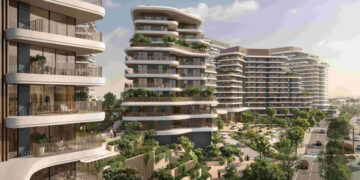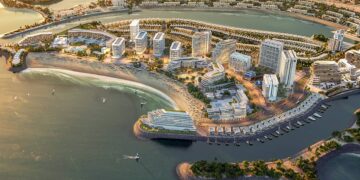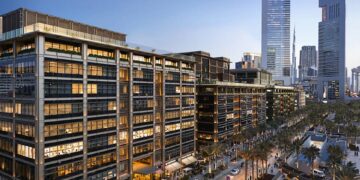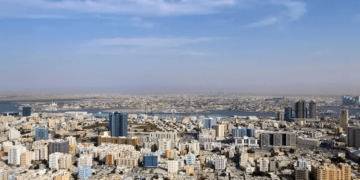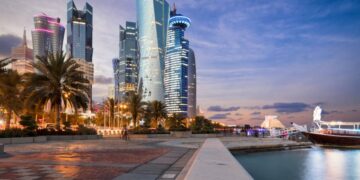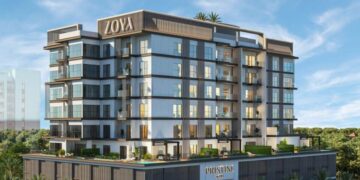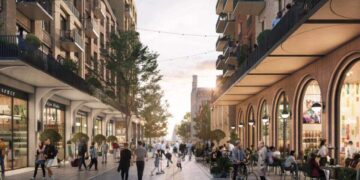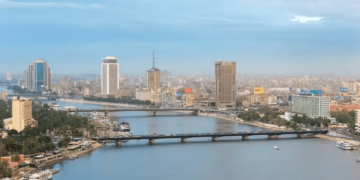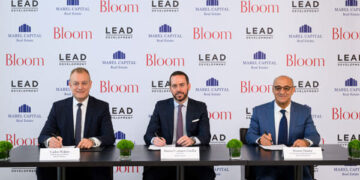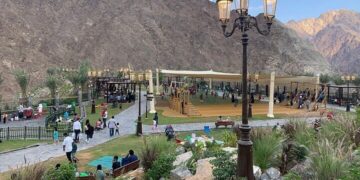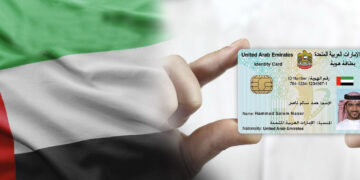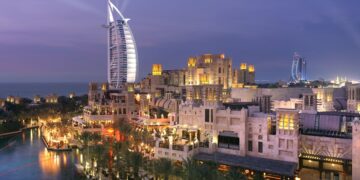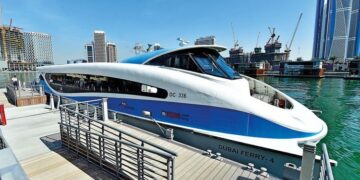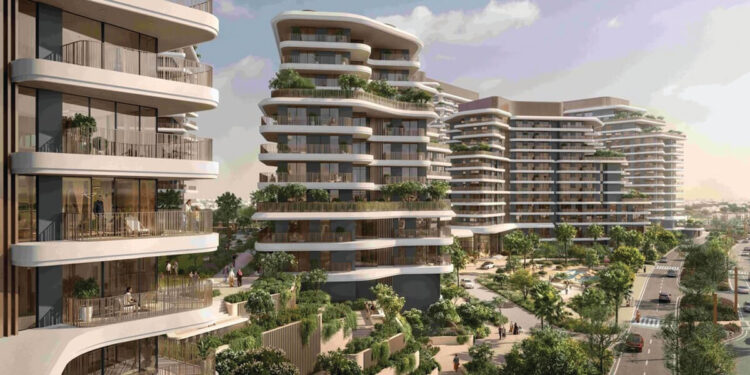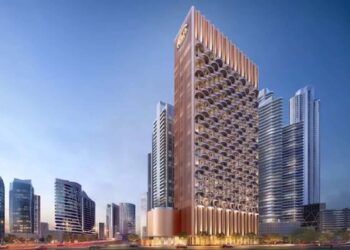According to a JLL study, the sustained strength of Dubai’s residential market will result in the delivery of over 35,000 new units by the end of the year. Investor demand is being driven by creative product offerings, alluring payment options, and recent modifications to the golden visa requirements.
According to JLL’s UAE Real Estate Market Overview for Q1 2024, approximately 10,000 units were delivered in Dubai and 1,600 in Abu Dhabi during the first quarter, indicating strong growth in the residential sector in the UAE as developers shift their focus to secondary locations.
“Dubai market recorded a strong start to the new year, with approximately 10,000 units completed throughout the first quarter, raising the total stock to 729,000 units. Over the remaining nine months, an additional 25,000 units are scheduled for delivery in Dubai, primarily consisting of apartments located in prominent areas such as MBR City, Business Bay, Jumeirah Village and Dubai Land.
In Abu Dhabi, there was a steady delivery of 1,600 units with 6,000 units expected to be added by the end of the year,” the report said.
According to Faraz Ahmed, research director at JLL Mena, the volume of residential sales transactions in Dubai increased by 20% over the same period last year, while in Abu Dhabi, the volume increased by 17%, with more apartment sales than villa and townhouse sales. “However, escalating land prices and construction costs are compelling developers to shift their focus towards secondary locations in addition to targeting properties within the Dh2 million price range, enabling buyers to meet the threshold for the Golden Visa eligibility.”
Sale prices and rental rates increased by 21% annually in the Dubai market. Particularly, apartment rentals saw a significant yearly increase of 22%, outpacing the growth rate of villa rentals at 14%. The demand for villas stayed strong, as evidenced by the sale prices’ notable year-over-year increase of 22%. In Abu Dhabi, over the same period, rental rates increased by an average of 4.0 percent, while sales prices increased by an average of 7.0 percent. Like in Dubai, rental increases for apartments in Abu Dhabi were 5.0% higher than for villas. On the other hand, the value of villas sold in Abu Dhabi increased by 9.0 year over year.
The hospitality industry is growing due to the healthy tourism industry, and Dubai has experienced strong growth. In the first quarter, 2,000 new keys were added, bringing the total number of keys in stock to 155,000. In Q1 2024, there were almost 2,000 new hotel openings, mostly 5-star establishments in places like Business Bay, Za’abeel, and Port Saeed. This increased the total to about 155,000 keys. Throughout the year, an additional 5,000 keys—a combination of 4- and 5-star properties—are anticipated to be added to the emirate. On the other hand, according to the JLL report, Abu Dhabi’s hotel supply stayed mostly steady at 32,500 keys, with an expected 500 more keys added throughout the year.
The city saw 3.67 million visitors in January and February, up a significant 18% from the same period last year, according to Dubai’s Department of Tourism (DET). With a combined 53 percent of the total share, Western Europe, South Asia, and the GCC emerged as the largest source markets. These positive tourism numbers contributed to an increase in average daily rates (ADR) of 5.0% year over year to $226, meaning that revenue per available room (RevPar) increased by 5.0% y/y to $185.
Increased connectivity, a varied calendar of events, and strong tourism demand have all had an impact on Abu Dhabi’s hotel performance. In YT March 2024, occupancy across the city was reported at 81%, and ADR rose by 8.0 percent year over year to $161. Comparing the same period last year to this one, RevPAR increased by 17% to $130, indicating notable growth.
“Given the significant presence of luxury hotels, owners and operators in the hospitality industry are aware of the competitive advantage offered by experience-driven developments. Operators are investing in revitalising their product offerings to enhance their value propositions through partnerships with lifestyle groups, which facilitate the introduction of new concepts and brands, particularly within the highly lucrative F&B segment,” said the report.














